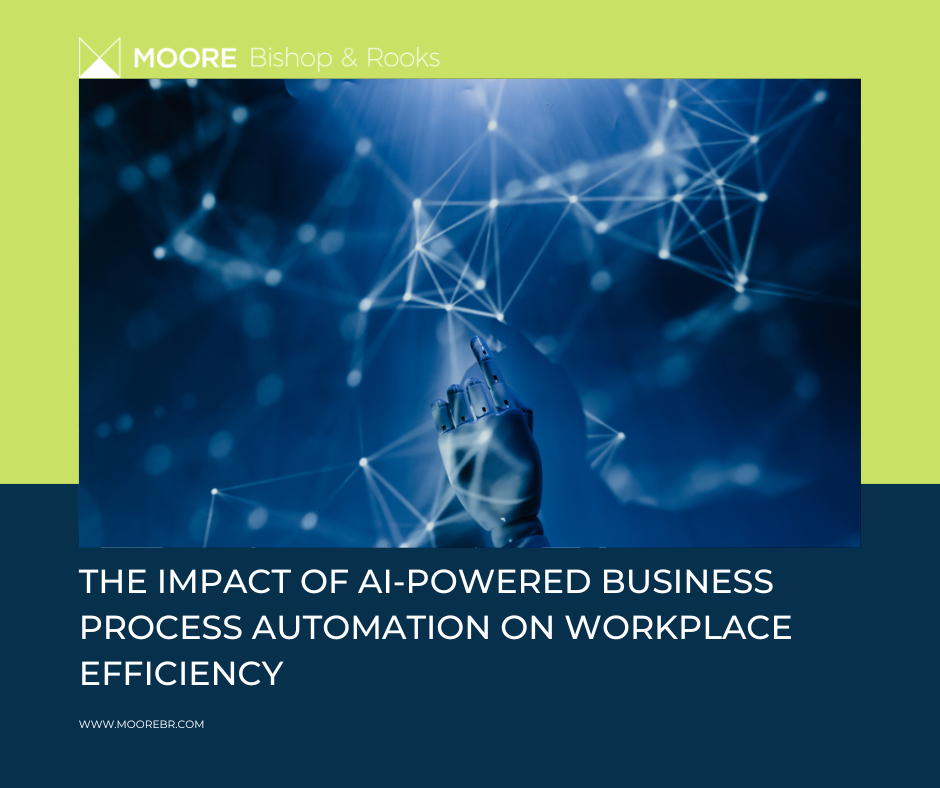The use of Artificial Intelligence (AI) has become increasingly prevalent in modern business. One of the most significant ways in which AI is being utilized is through the automation of business processes. The integration of AI-powered business process automation (BPA) has revolutionized how organizations operate, increasing efficiency and productivity while reducing costs.
AI-powered automation offers several benefits for businesses, including increased efficiency, accuracy, and productivity. Here are some of the key benefits of AI-powered business process automation:
Increased Efficiency
AI-powered automation can perform tasks faster and more accurately than humans, leading to increased efficiency. This can help businesses complete tasks more quickly, freeing up time for employees to focus on more strategic initiatives.
For example, AI-powered chatbots can provide customer service 24/7, answering frequently asked questions and resolving common issues. This frees up customer service representatives to handle more complex inquiries, which can improve customer satisfaction.
Improved Accuracy
AI-powered automation can significantly reduce human error, leading to improved accuracy. This is especially important in industries where accuracy is critical, such as healthcare and finance.
For example, AI-powered medical diagnosis tools can analyze medical images and provide accurate diagnoses, reducing the likelihood of misdiagnosis and improving patient outcomes.
Increased Productivity
AI-powered automation can also increase productivity by automating repetitive tasks, such as data entry and document processing. This can save employees significant amounts of time, allowing them to focus on higher-value tasks.
For example, AI-powered document processing tools can scan and extract data from documents, reducing the need for manual data entry. This can save employees hours, allowing them to focus on more strategic initiatives.
Despite the many benefits of AI-powered BPA, there are also some challenges and limitations to consider. One of the biggest challenges is the cost of implementing this technology. AI-powered BPA can require significant investment in hardware, software, and training, which can be a barrier for small and medium-sized businesses. The cost of hiring experts in AI and machine learning can be high, and businesses may need to invest in new hardware and software to support the technology. Additionally, the cost of maintaining and updating the system can also be significant, as new algorithms and models need to be trained and integrated into the system.
Another challenge is the potential for job displacement. As machines take over repetitive and time-consuming tasks, some employees may find themselves out of work. This can lead to a loss of skills and knowledge within the organization, which can have long-term consequences. Businesses need to consider the ethical implications of AI-powered BPA and ensure that they have plans in place to support employees who may be affected by the changes.
AI-powered BPA has revolutionized how businesses operate, increasing efficiency and productivity while reducing costs. By automating repetitive and time-consuming tasks, businesses can free up their employees’ time to focus on more important tasks, such as strategic planning and decision-making. Additionally, AI-powered BPA can improve accuracy and consistency, reduce the risk of burnout among employees, and improve collaboration and communication in the workplace.
Overall, businesses need to carefully consider the benefits and challenges of AI-powered BPA before implementing it in their organization. They need to ensure that they have the resources and expertise to implement the technology effectively and that they have plans in place to support employees who may be affected by the changes. By carefully managing the implementation of AI-powered BPA, businesses can reap the benefits of increased efficiency and productivity while minimizing the potential risks and challenges.
